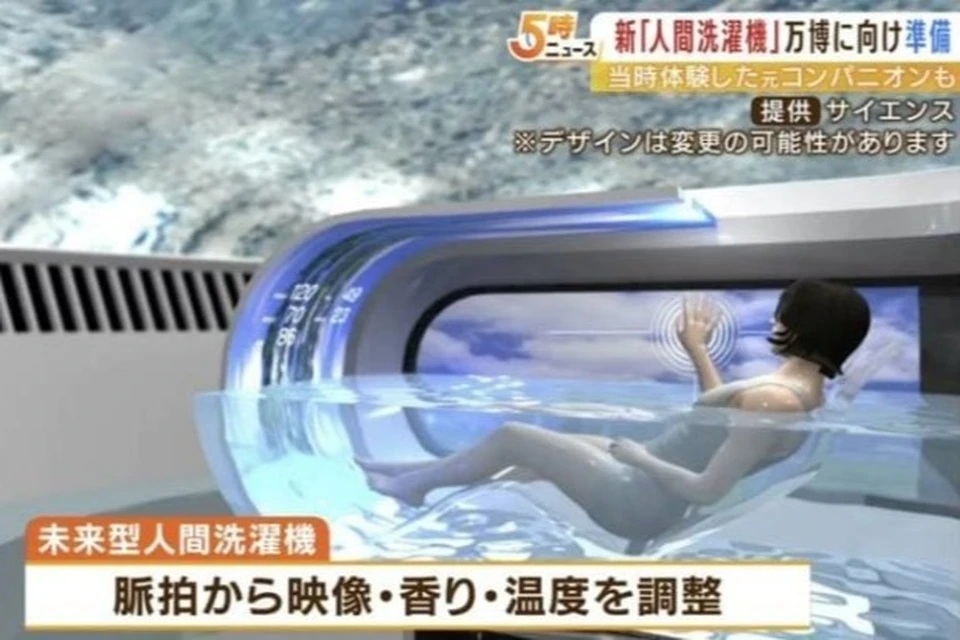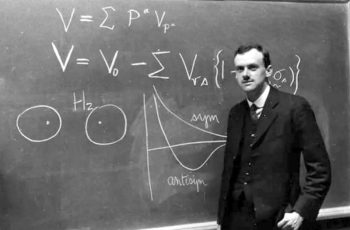In April 2025, an exhibition in Osaka, Japan, will showcase a futuristic “human washing machine,” a transparent capsule designed to rejuvenate users in just 15 minutes. Reminiscent of the hypersleep chamber from Aliens, this device promises to relieve stress and bodily ailments, transforming users from discontented to tranquil.

The process begins with the user disrobing and lying on a central couch inside the capsule. As the doors seal, a transparent dome encloses them while warm water fills the capsule. Sensors monitor the user’s pulse and respiration, adjusting the water temperature for comfort. Additional sensors scan the back for stress points, feeding this data to an AI, which projects calming images within the dome. After the 15-minute session, users emerge refreshed, claiming up to 70 percent recovery, according to Yasuaki Aoyama, the CEO of Science Co., the company behind the machine.
While the concept sounds promising, the exhibition presents a logistical challenge. The machine can only serve 7-8 people per day, but the exhibition will host around a thousand visitors. Despite the limited availability, pre-orders are already being taken, with expectations that affluent buyers will purchase the device for home use. However, given its high water consumption, required spacious bathrooms, and undisclosed, likely high price, the machine is expected to remain more of an exhibition piece than a practical household device.
Science Co., based in Osaka, is a company primarily known for producing air bubble shower heads. The “human washing machine” appears to be their venture into the intersection of AI and health technology. This is not the first time such a concept has emerged in Japan. The original version of the “human washing machine” debuted at an Osaka exhibition in 1970, produced by Sanyo Electric. At that time, Japan was economically struggling, and many people did not have home baths, instead relying on public baths. The Sanyo machine used ultrasonic sound waves to clean users by peeling away dirt, a technique similar to modern washing machines. The experience was enhanced by plastic balls bouncing around under the ultrasound.
Yasuaki Aoyama, now the CEO of Science Co., was in the fourth grade when he saw the original machine and was fascinated by the idea of home bathing. This childhood encounter inspired his career in the bath and laundry industry. He has since teamed up with Manatsu Ueda, the original designer of the 1970s device, to bring this historical concept into the modern era with a high-tech twist.

Although the original Sanyo washing machine did not achieve commercial success and was never mass-produced, it left a lasting impression on Aoyama, who has now turned the idea into a modern reality. The 2025 version, featuring advanced AI and stress-relief technology, represents both a nod to the past and an innovative leap into the future.


